Close search
 Published :
/
Published :
/ Posted by : Retech
Posted by : RetechThe fully automated laying hen breeding production line uses automated equipment to automate all or most of the aspects of laying hen breeding, including feeding, drinking water, manure cleaning, egg collection, environmental control, etc., so as to improve production efficiency, reduce labor costs, and improve the breeding environment.
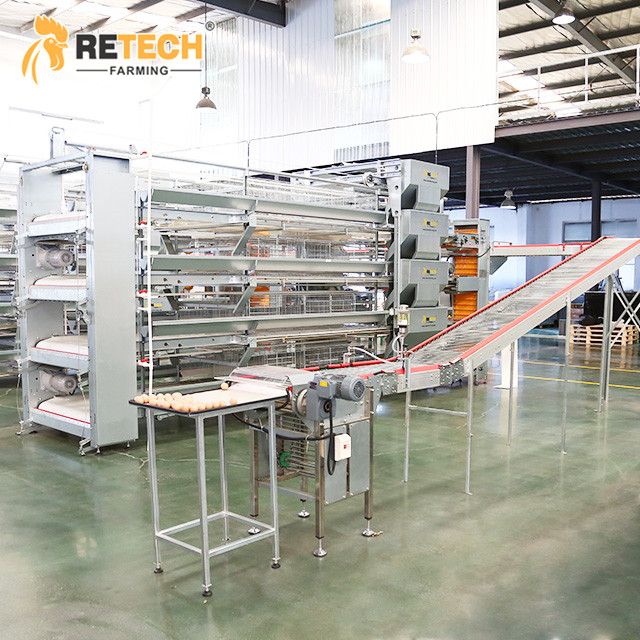
1. Automated feeding system: tower feed silo and spiral auger conveyor
2. Automated drinking water system:equipped with drinking nipples to ensure sufficient water supply
3. Automated manure cleaning system:common manure cleaning methods include manure scraper type and conveyor belt type. The automated manure cleaning system can clean the manure in the chicken house in time
4. Automated egg collection system:egg collection belt transports eggs to the egg collection platform to reduce the egg breakage rate
5. Environmental control system:vertical fans and wet curtains to adjust the temperature and humidity in the chicken house
6. Intelligent control system:real-time monitoring of various parameters in the chicken house
1.Brand supplier: Choose a strong equipment supplier. As the preferred service provider of intelligent breeding solutions for poultry farms around the world, RETECH can guarantee the quality and delivery of equipment.
RETECH Farming has an expert team with 20 years of breeding experience and a global modern breeding demonstration field, providing customers with overall project solutions, from project consulting, design, production, installation to breeding guidance.
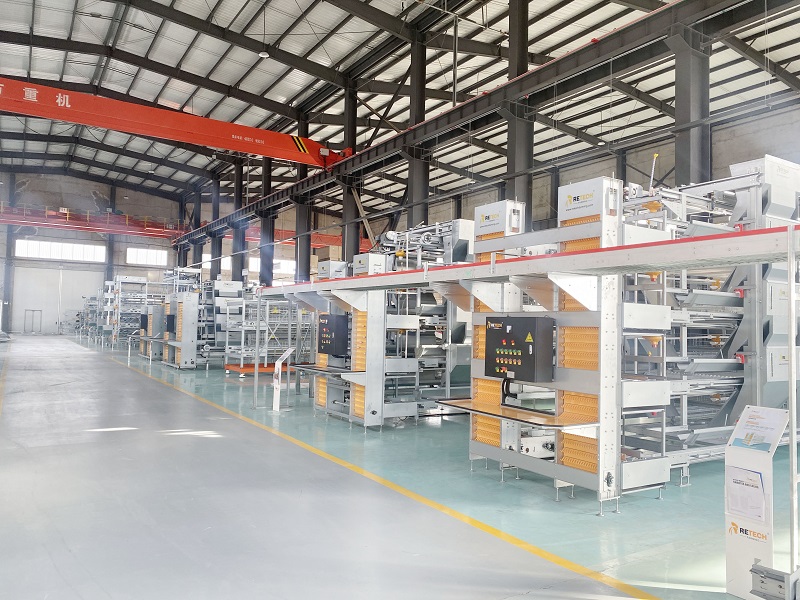
2.Supplier service capability: whether to provide after-sales installation, operation training and other services;
3.Supplier service capability: whether to provide after-sales installation, operation training and other services;
4.Customer project reference and field investigation: choose suppliers with customer cases at the destination, visit and inspect them when convenient to understand the actual use effect;
5.Factory production capacity: factory on-site inspection, choose a large factory. Retech factory covers an area of 7 hectares and is an integrated industrial and trade enterprise, which is trustworthy.
6.Choose suitable equipment according to your own situation: Choose suitable equipment according to your own breeding scale, financial strength and management level.
7.Focus on the quality and performance of equipment: Choosing equipment with reliable quality and stable performance can reduce the failure rate and improve production efficiency.
8.Focus on after-sales service: Choosing a supplier who provides perfect after-sales service can ensure the normal operation of the equipment.
The automatic egg collection system includes egg collection belt, conveyor belt, drive motor, egg trough guide system, egg collection platform, buffer device, sensor, control system.
Advantages and disadvantages of egg collection system
Features: manual operation, simple structure and low cost.
Applicable scenarios: <5000 chickens, small farms with low egg production and low labor costs.
Advantages: low investment and intuitive operation.
Disadvantages: low efficiency and easy to damage.
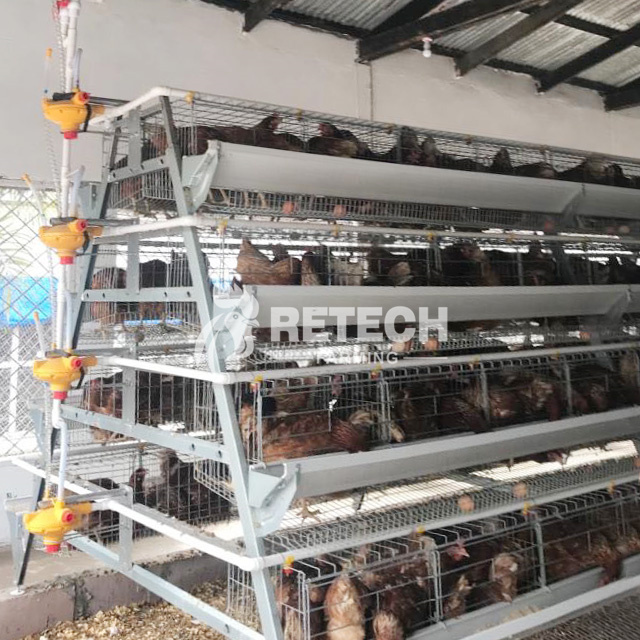
Features: The conveyor belt collects eggs at the operation point, but manual transportation is required.
Applicable scenarios: <20,000 chickens. Medium-sized farms or customers with limited budgets but large egg production.
Advantages: high cost performance and can save some manpower.
Disadvantages: some manual intervention is still required.
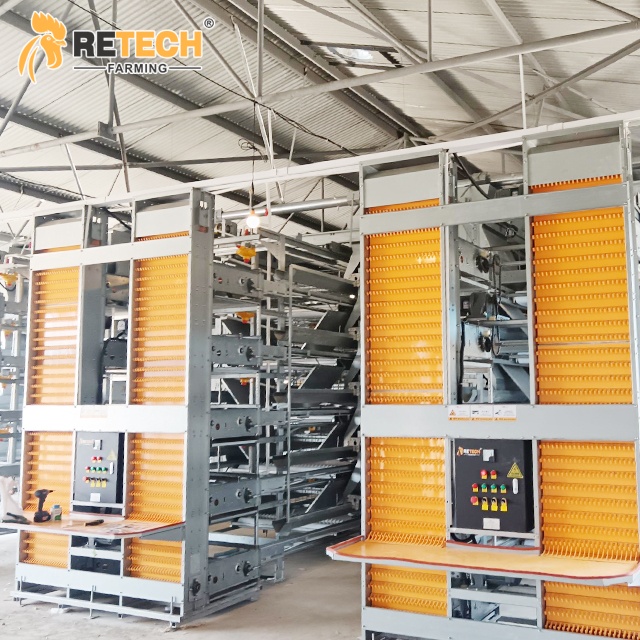
Features: automatic collection and transportation of eggs, which can be used in conjunction with grading and packaging equipment.
Applicable scenarios: >30,000 chickens. Large farms and large-scale farms, producers with strict requirements on egg quality and efficiency.
Advantages: high efficiency, less labor, and intelligent operation.
Disadvantages: high initial investment cost.
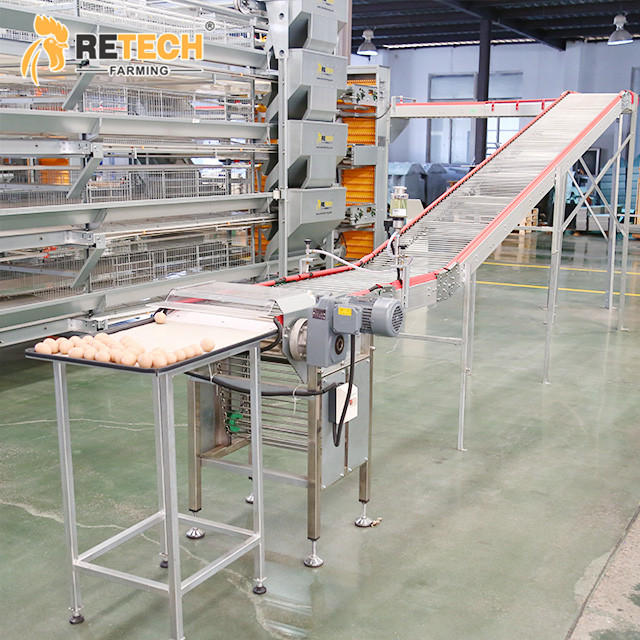
1. Egg collection efficiency
Does the maximum processing volume per hour meet daily production needs?
2. Egg protection performance
Is the conveying smooth? Is there a buffer device? Is the breakage rate lower than the industry standard?
3. Durability and material quality
Is the material corrosion-resistant (especially in high temperature and high humidity environments)? Is the equipment life more than 5 years?
4. Cleanliness and hygiene
Is it easy to clean? Does it meet food safety standards (such as HACCP and ISO certification)?
1. Check the structure: Regularly check whether the structure of the cage is intact, ensure that there is no rust and damage, and repair or replace it in time.
2. Lubricate moving parts: Regularly lubricate moving parts such as automatic feeders and waterers to reduce wear. Ensure their normal operation.
3. Clean the waterer: Clean the waterer regularly to prevent blockage and contamination.
4. Tighten the screws: Tighten the screws of the chicken cage regularly to prevent loosening.
Monthly: Lubricate the transmission chain;
Quarterly: Pickling water line (1% citric acid solution circulates for 30 minutes);
Annually: Replace the worn bottom screen (deformation > 3mm needs to be replaced);
Get more information about fully automatic poultry farming equipment, contact me now!
Website: www.retechfarming.com
Facebook: @retechfarmingchickencage 100k Followers